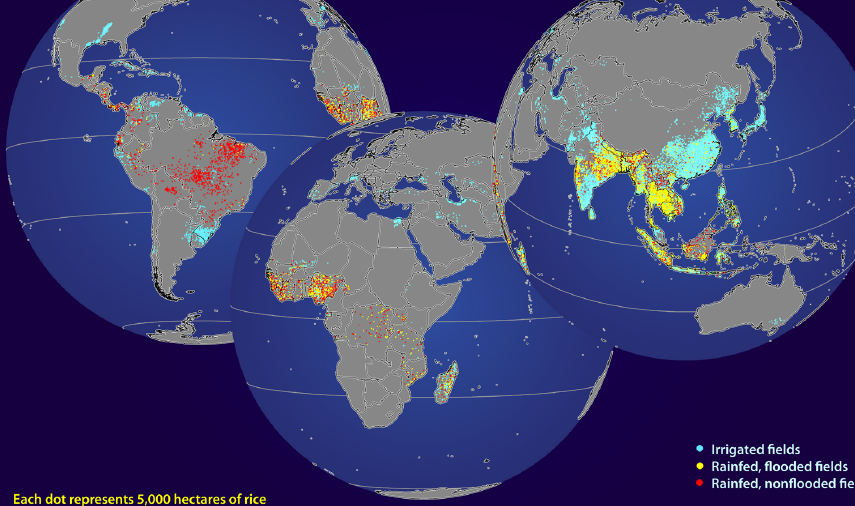Remains of oldest Mexican takeaway found.
Opiate demand, meet opiate supply
A bumper harvest of a traditional, well-adapted crop for which there is a huge international market has led to the resignation of a government minister. Meanwhile, other countries — where livelihoods are, shall we say, less precarious — benefit. There’s so much irony there, it could be a case study in modernist narrative. I know I’ve said it before, but if it wasn’t tragic, it would be funny. Legalize it, already!
Eat your veggies
Second AJFAND volume dedicated to African leafy veggies is out.
Small farms and diversity
IFPRI has an interesting paper out called The Future of Small Farms for Poverty Reduction and Growth. It makes the point that agricultural development must reach smallholders if it is to have any impact on poverty, and to reach them “the policy agenda … must change to meet the new challenges facing small farms: improv(ing) the workings of markets for outputs, inputs, and financial services to overcome market failures.”
Fair enough, I suppose, but the thing that got me was the almost complete failure to address agricultural biodiversity. Surely there are differences between small and large farms in the biodiversity they maintain. Surely there are differences between small and large farms in their reliance on diversity. Surely there are differences between small and large farms in the role that diversity can play in lifting the families that work on them out of poverty. Maybe, but you won’t hear about it here. Pity.
The geography of rice

Robert Hijmans has a great new global map of rice cultivation out. Robert is at IRRI now, hence his current preoccupation with rice, but he’s done the same thing for several other crops, and of course there are his cool cartograms too. I guess it is his map that underlies the figures of the potential impact of climate change.
Of course, this is a snapshot. How cultivation of a crop changes over time is difficult to capture in a single image, but there’s a map which does a pretty good job for maize.